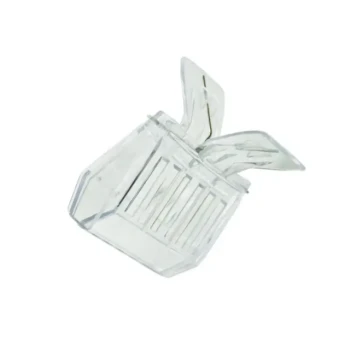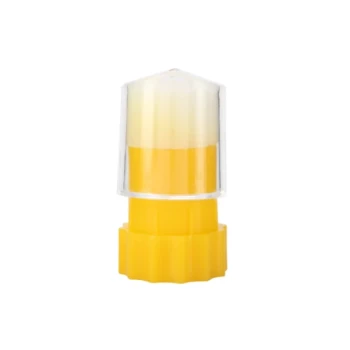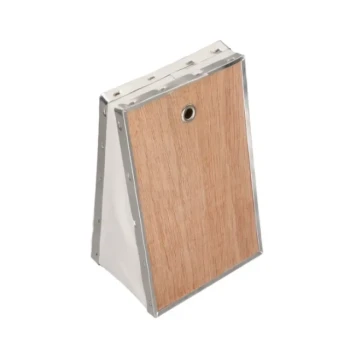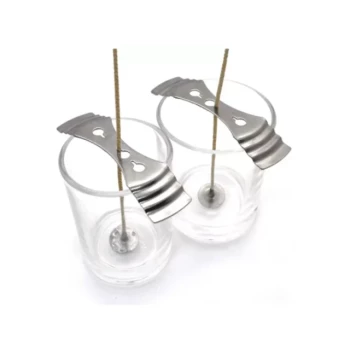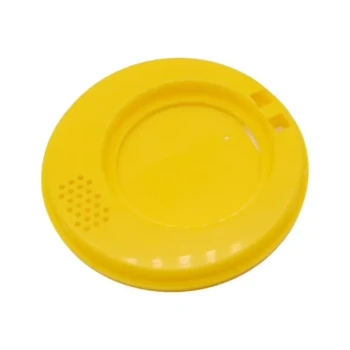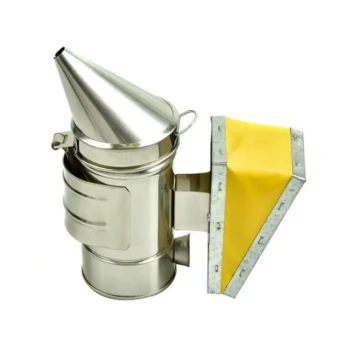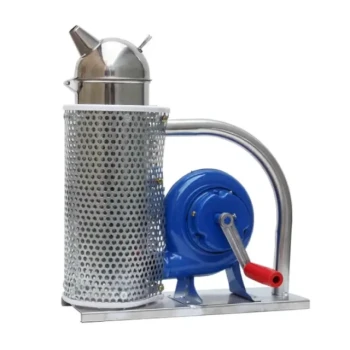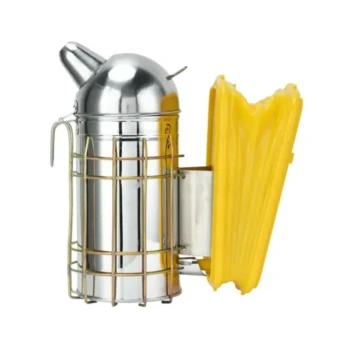When collecting a semen sample, the viscous mucus often present in the ejaculate should be actively and carefully avoided. This component is physically separate from the valuable, fluid portion of the semen and can compromise both the quality of the sample and the collection equipment itself.
The core principle of proper semen collection is to isolate the fluid, sperm-rich fraction of the ejaculate. Mucus is a contaminant that provides no value for analysis or insemination and poses a direct physical risk to the collection process by clogging equipment.
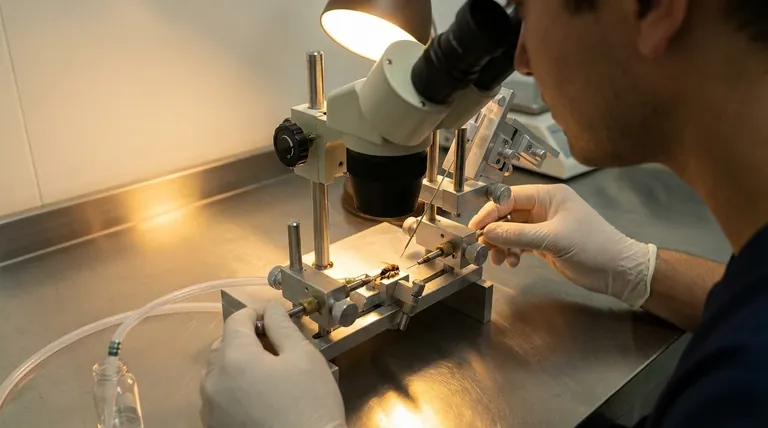
Why Mucus is a Problem During Collection
Understanding the distinction between the viscous mucus and the target fluid is critical for a successful collection. They are not the same substance and must be treated differently.
It Is Separate from the Semen-Rich Fraction
The mucus is a distinct component of the ejaculate, often from accessory glands. It is not the portion that contains the high concentration of viable sperm necessary for analysis or artificial insemination.
Mixing this mucus with the semen can dilute the sample and potentially affect motility or other evaluation parameters.
It Poses a High Risk of Equipment Clogging
The primary and most immediate problem with mucus is its viscosity. It is thick and gelatinous, which can easily plug the narrow opening of a collection pipette or catheter tip.
The reference material is clear: if you feel resistance during aspiration, it is a strong indicator that the tip is lodged in mucus. Continuing to apply suction will almost certainly lead to a clog, rendering the equipment useless and potentially losing the sample.
Best Practices for a Clean Collection
The goal is not to remove mucus after the fact, but to prevent its collection in the first place. This requires careful observation and technique.
Visually Identify and Isolate
Before beginning aspiration, visually identify the different components of the ejaculate. The valuable semen is typically more liquid and opaque, while the mucus is clear and highly viscous or gel-like.
Because the mucus separates easily, you can often position the collection tip to draw only from the pool of fluid semen.
Employ Selective Aspiration
Carefully guide the tip of your collection instrument into the fluid portion of the sample. Aspirate slowly and deliberately.
Pay close attention to the physical feedback. If you feel any resistance or see the thick mucus beginning to enter the tip, stop, reposition, and continue collecting from a different area of the fluid.
Understanding the Primary Pitfall
The main challenge is balancing the desire for sample volume with the need for sample quality.
Prioritizing Quality Over Quantity
It is always better to collect a smaller, high-quality, mucus-free sample than a larger volume that is contaminated and unusable.
Sacrificing a small amount of the fluid semen to ensure you avoid the mucus is a worthwhile trade-off. A clogged pipette means you get no usable sample at all.
Key Actions for a Successful Collection
Your approach to collection should be guided by the goal of obtaining a pure, viable sample.
- If your primary focus is sample quality for analysis: Be meticulous in targeting only the milky, fluid portion of the ejaculate, even if it means collecting a smaller volume.
- If you feel any resistance during aspiration: Immediately stop and reposition the pipette tip, as this indicates contact with mucus that will cause a clog.
- If the ejaculate appears to be mostly mucus: Recognize that it may not be a viable sample for your purposes and adjust your procedure accordingly.
Ultimately, treating mucus as a contaminant to be avoided is the only reliable path to a successful semen collection.
Summary Table:
| Handling Step | Key Action | Rationale |
|---|---|---|
| Visual Identification | Separate the fluid semen from the clear, viscous mucus. | Mucus is a contaminant that dilutes the sperm-rich fraction. |
| Selective Aspiration | Guide the pipette tip into the fluid portion only; aspirate slowly. | Prevents mucus from entering and clogging the collection equipment. |
| If Resistance is Felt | Stop aspiration immediately and reposition the tip. | Resistance indicates contact with mucus, which will cause a clog. |
| Priority | Prioritize a smaller, mucus-free sample over a larger, contaminated one. | Ensures the sample is viable for analysis or artificial insemination. |
Achieve Flawless Semen Collection with Professional-Grade Supplies
Clogged pipettes and contaminated samples can derail your breeding program's efficiency and success. HONESTBEE supplies commercial apiaries and beekeeping equipment distributors with reliable, wholesale-focused semen collection equipment designed for precision and durability.
We provide the tools you need to:
- Prevent Costly Clogs: Our collection equipment helps you avoid the primary pitfall of mucus-related blockages.
- Ensure Sample Viability: Obtain high-quality samples crucial for accurate analysis and successful artificial insemination.
- Optimize Your Protocol: Work with equipment built for the specific challenges of semen collection.
Don't let mucus compromise your results. Contact our experts today to find the right supplies for your operation.
Visual Guide
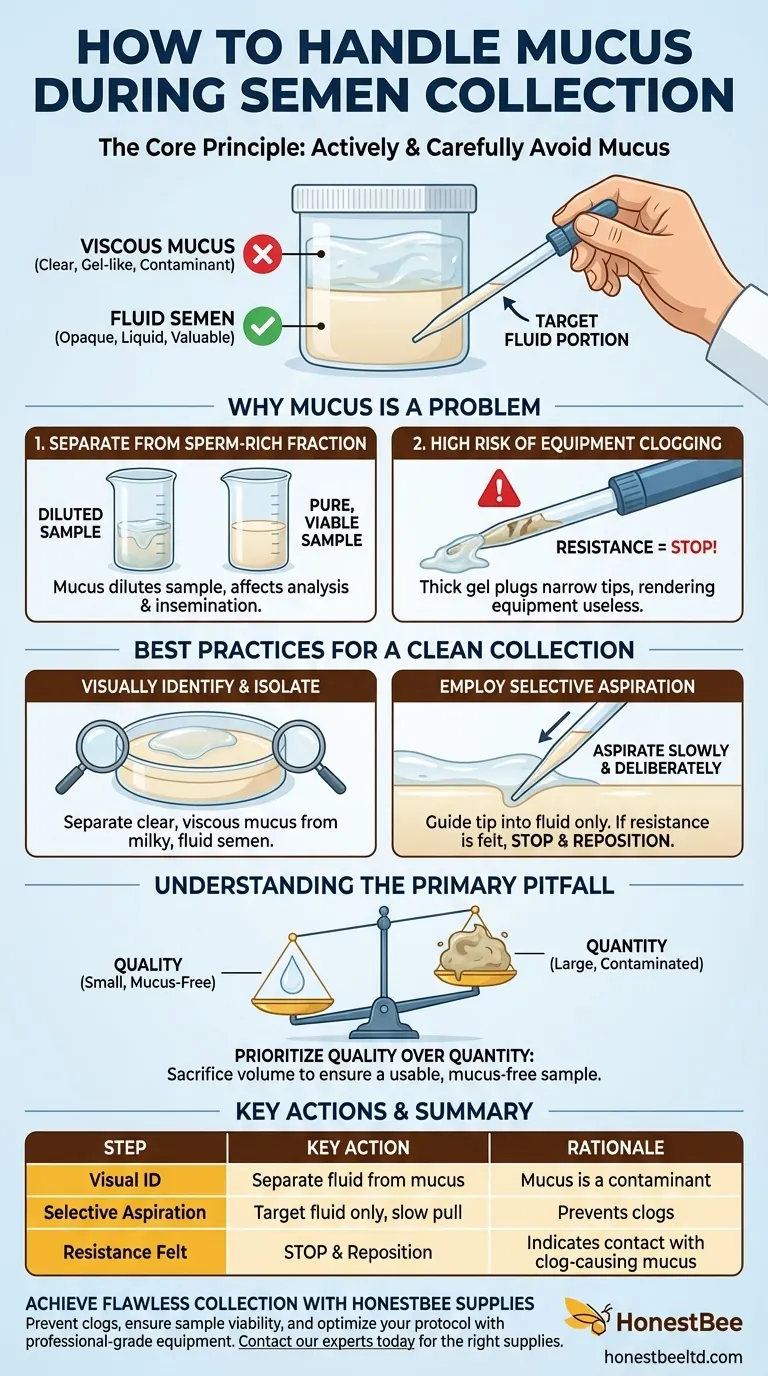
Related Products
- Queen Bee Artificial Insemination Instrument Equipment for Instrumental Insemination
- Plastic Chinese Queen Grafting Tool for Bee Queen Rearing
- Professional Spring-Action Queen Catcher Clip
- Plastic Long Marker Device for Catching and Marking Bees Queen Bee Marking Tube and Cage
- Wooden Queen Bee Excluder for Beekeeping
People Also Ask
- What are the methods for controlling honey bee mating? Mastering Genetic Selection for Your Apiary
- What is the standard semen dose for AI of a honey bee queen? Master the 8-10 µl Precision for Longevity
- What is the basic process of artificial insemination in honey bees? A Guide to Controlled Breeding for Superior Genetics
- How is success of honey bee artificial insemination evaluated? From Oviposition to Long-Term Queen Quality
- What techniques have been used for semen mixing in artificial insemination? Master the Standard Protocol for Genetic Diversity


